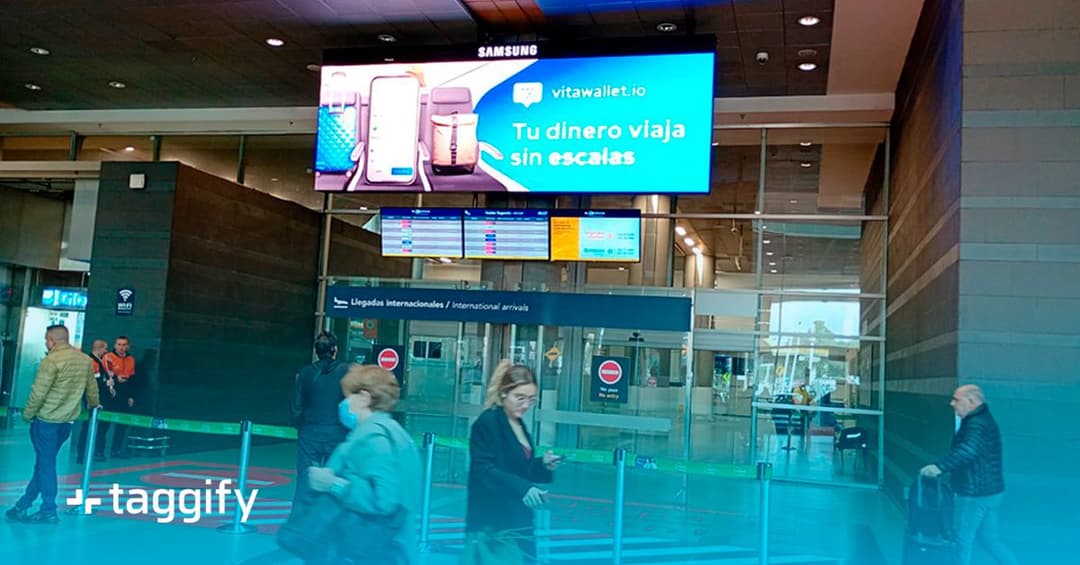The Power of Data in Out-of-Home Advertising: Connect with your audience
Market

In a world where advertising competes for consumer attention every second, data has become the most valuable resource for advertisers. Its intelligent use has revolutionized how brands communicate with their audiences. How does this synergy between data and programmatic out-of-home (pDOOH) advertising work?
Last updated: August 14, 2025
Why is data so important in outdoor programmatic advertising?
Data is the raw material of modern advertising, coming from various sources. Once collected, it is used to plan, target, optimize, and measure strategies in out-of-home advertising, creating a programmatic ecosystem based on information.
Thanks to data, brands can better understand their audience, while people receive ads that are more relevant to their interests. This allows personalization to be combined with the massive reach of out-of-home media, transforming advertising into a more effective and precise channel.
An Information Ecosystem
Traditionally, out-of-home advertising was static and relied on strategic locations based on traffic estimates. Today, thanks to programmatic technology, advertisers can leverage various real-time data sources to optimize their campaigns.
Key Data Sources in pDOOH:
- Weather conditions: Adapt messages based on temperature, rain, or sunshine.
- Traffic flow and mobility: Activating ads during peak hours.
- Demographic data: Audience segmentation based on behavior patterns.
- Real-time events: Adjusting ads to align with sports events, festivals, or trending topics.
Precise Targeting: Reaching the Right Audience at the Right Time
Programmatic technology enables campaigns to be activated based on specific audience profiles. For example, an energy drink brand can display ads near gyms during workout hours, while a travel agency can launch ads at airports when international arrivals increase.
This level of segmentation not only optimizes advertising budgets but also enhances message relevance, generating a greater impact on the audience.
Real-Time Measurement and Optimization
One of the biggest advantages of pDOOH is the ability to measure campaign performance in real-time. With advanced analytics tools from Taggify, advertisers can adjust their strategies on the go to maximize return on investment.
For instance, if a weather-based campaign does not yield the expected results, creatives can be modified or the activation strategy changed to improve performance.
Success Stories: Data-Driven Creativity
Leading brands are already leveraging data to enhance their pDOOH campaigns. A clear example is Laroche Posay, which used dynamic ads that changed based on the weather: if the day was sunny or cloudy, the message adapted to highlight the benefits of its sunscreen.
Another interesting case is contextual advertising at the Lollapalooza festival. Before the event, the brand used real-time data provided by Taggify to launch personalized messages in key locations featuring the festival lineup. The purchase of ad spaces was done programmatically, ensuring that ads appeared only when the target audience was passing by the screens.
Conclusion: The Future of Out-of-Home Advertising is Programmatic and Data-Driven
The power of data in programmatic out-of-home advertising not only optimizes campaigns but also redefines how brands interact with their audience in the real world. With the right combination of segmentation, real-time activation, and results measurement, programmatic DOOH (pDOOH) is positioned as one of the most effective channels to connect with consumers in a smart and relevant way.
The future of out-of-home advertising is already here, and data powers it!
Is your brand ready to take advantage of it? Contact us!
